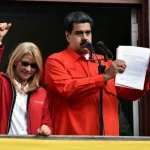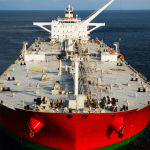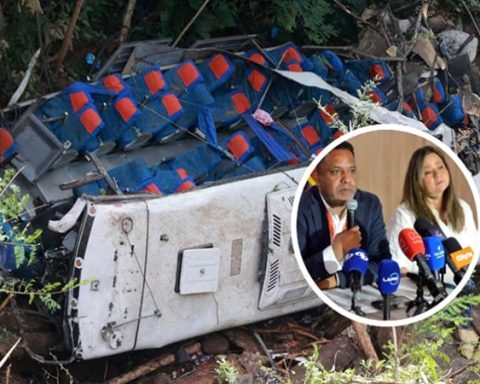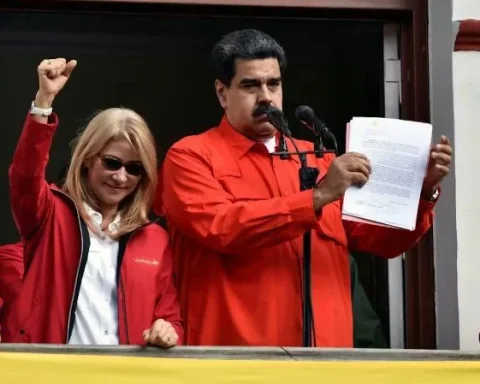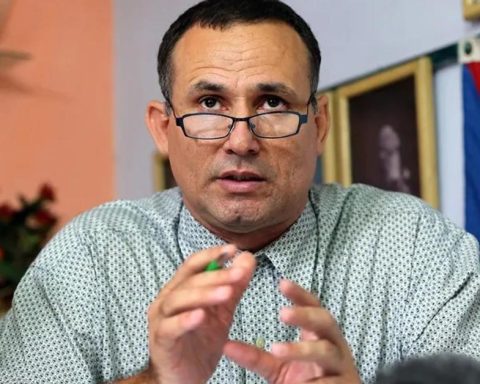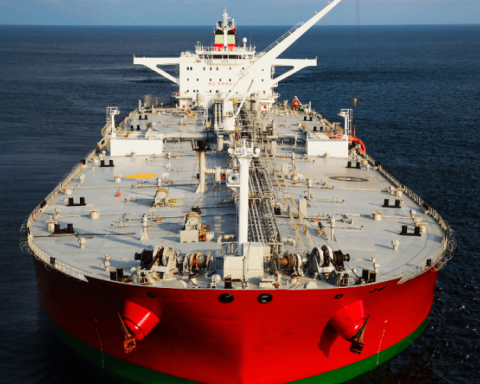January 20, 2023, 9:38 PM
January 20, 2023, 9:38 PM
The President of Argentina, Alberto Fernandez, toured the area where the works on the Néstor Kirchner Gas Pipeline are being carried out in the Pampas town of Doblas, where the an automated welding system of last generation that is used for the first time in that country.
Fernández highlighted the Argentine technology used in the mega-project and was optimistic for that it concludes in the middle of this year to then continue to Santa Fe and from there supply natural gas not only to the north of Argentina, but also to Brazil. The gas pipeline, in its first phase, will run between Tratayén (Neuquén) and Salliqueló (Buenos Aires).
“This is one Central work for the future of Argentina that it will guarantee us to have the gas that we had to import all this time, losing foreign currency and resources that we can use in production and work, which is what matters most to us,” declared the head of state, according to the report of Casa Rosada press.
The Néstor Kirchner Gas Pipeline, the main energy transformation work underway in the last 40 years in Argentina, will increase the capacity of the natural gas transportation system from the Vaca Muerta field by 25% and save more than $2.2 billion a year andBetween import substitution of fuels and reduction of subsidies.
With a total extension of 573 kilometers, The laying of the pipeline will generate 10,000 direct jobs and another 40,000 indirect jobs, between the construction and the increased production expected in Vaca Muerta.
Fernández was accompanied by the governor of La Pampa, Sergio Ziliotto; the Secretary General of the Presidency, Julio Vitobello, and the spokeswoman Gabriela Cerruti.
The laying of the gas pipeline is in charge of the Temporary Union of Companies (UTE) formed by Techint and Sacde that uses automatic welding equipment with United States technology in sections 1 and 2, the two longest of the project that total 440 kilometers of 36-inch diameter pipes.
Likewise, the works of duplication of the Neuba 1 gas pipeline, in the town of Ordoqui, Carlos Casares district of Buenos Aires and the construction of the new Mercedes-Cardales pipeline that will allow an interconnection route between the North and South systems.
According to data from the Ministry of Energy, it is estimated that the gas pipeline will start operating on June 20 with the transport of 11 million cubic meters per day (MMm3/d) of natural gas with the prospect of increasing to 20 MMm3/d with the construction of two turbochargers in Tratayén and Salliqueló. The transport of natural gas will increase to 44 MMm3/d with the second section of the gas pipeline that will join in the Santa Fe town of San Jerónimo Sur, with an extension of 470 kilometers.








